It’s easy to get caught up in trying to make your garden the best one on the block, however, it can quickly get very expensive. Grandma had some great tips and tricks that she used to help keep her garden on budget.
Using the tips and tricks that grandma taught me have helped me to keep our own garden frugal while yielding a bountiful supply of fresh fruits and vegetables each year.
Back when grandma was gardening, there were fewer stores and people relied more on their gardens to yield enough food to preserve for the rest of the year.
Today, with more grocery stores available, many people have gotten away from this, however, living on a homestead, we rely more on what we can grow than what we can buy.
We’re always looking for new ways to save money and we’ve found that gardening is just one of the many ways that we can save a lot of money on our budget.
Using grandmas tips and tricks has taught me even more on frugality and saving money on the homestead so I want to share a few of them today.
Planning Can Save You Over $300 Annually
Taking the time to plan your garden can save you as much as $300 or more annually. Start by determining how much produce you’re going to need to plant for each member of your family.
I know this may be a bit challenging, but, it really can help your family to save a lot of money.
There are many lists available to help you determine how much to plant, but, before you consult any of those lists, start by simply listing out what your family loves to eat. A list won’t do you any good if you’re planting foods that no one likes to eat in your household.
After you’ve made your list, you’ll want to consider how old each family member is. Typically, younger children won’t be eating as much as teens and younger adults who may still be in their growth years.
Also, those who are working outdoors and may be working harder are going to be using up more energy and more calories.
How much space do you have available? If you’re limited on space, consider vertical gardening as a way to save on space.
Trellises and other vertical gardening ideas can save a lot of space in your garden area while still yielding a lot of fresh produce.
You can also plant edible plants in and around your home to take advantage of flower beds and other potential garden spaces. Will you do container gardening?
- Foods your family enjoys
- Ages of your family members
- Amount of space available
- Methods of preservation and storage space
Consider too that some plants will naturally continue producing throughout the season while other plants will only produce once.
If you’re looking to stockpile some of your garden produce, you’re going to want to choose plants that will continue producing food over the course of the entire season rather than those that will only produce one time and then be done for the year.
Pole beans, for example, will continue to produce all season long, while bush beans will produce all at one time. There are tomatoes that will ripen all at once and then there are species of tomatoes that will ripen over the course of a few weeks.
If you don’t want to be canning or freezing, dehydrating all at one time you may wish to consider such options in your planning.
Don’t forget to consider plants that will come back every year vs plants that you’ll have to plant each and every year.
There are annuals that will die after a season and then there are plants that will naturally reseed themselves and produce year after year. If you’re into streamlining your gardening you may wish to consider such options as well.
You’ll also want to know what your gardening or planting zone is. Each different region has its own planting zone. This is based on the location and the lowest and highest recorded temperatures for the region.
When you do purchase seeds and plants you’ll want to make sure that they’re able to withstand the lowest of lows and the highest of highs for your location. This will help to ensure more successful gardening.
Soil Amendment Can Save You Over $400 Annually
Building healthy soil can take a bit of time. Without healthy soil, your seeds aren’t going to germinate and you’re not going to have a healthy garden. There are several ways to go about amending your soil.
If you can afford it, take some samples of your soil and send them in for testing. If you can’t afford this, you can still buy a small sized test kit and test it for yourself.
The more fertile your soil is, the healthier your garden is going to be. You can add amendments such as compost, nitrogen and other things such as worm castings and even use a “worm tea” to help build your soil up.
Other ways that many homesteaders use to help build up there soil are not rototilling, buying or applying great compost (homemade compost is ideal if you have a great compost pile), adding in other nutrients, and rotating their crops.
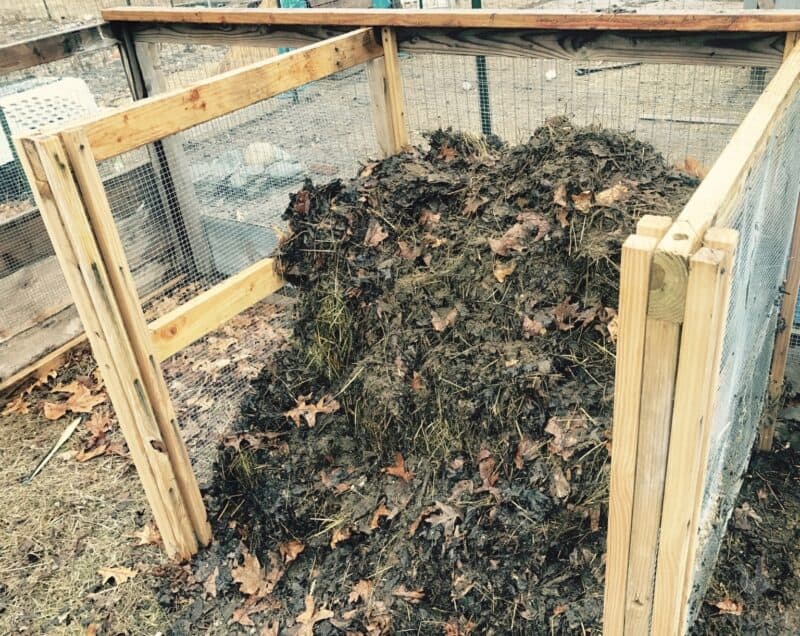
Compost Can Save You Over $400 Annually
If you’re like most of us who are homesteading, you save your fruit and vegetable scraps that accumulate while you’re making meals. Whether you place these into a bin, or simply pile them all up into a pan that you take out once a day, you can make them into compost.
Composting your fruit and vegetable scraps, as well as composting your grass clippings, paper goods, and other organic materials, you can help to build up your soil and nourish it.
As the compost pile decomposes you can add it back into your garden soil to help nourish your soil and plants. It’s amazing how well this works and if you add to it daily and turn it every week or so you’re sure to have a rich compost pile that will help you to improve your soil.
There are many great ways to go about composting on the homestead. In addition to saving your trimmings and fruit and vegetable scraps, you can also be very creative and offer to take in:
- scraps from tree trimmers in and around your homestead (wood chips for free anyone?),
- scraps from church suppers,
- card board scraps (from deliveries and neighbors as well as local businesses),
- used tea bags (from family, friends, and your own), as well as coffee grounds, and more.
You can also save the used bedding from the hen house, indoor pets such as guinea pigs, hamsters, and gerbils, as well as rabbit manure. Tossed into a compost pile all of these work together to help nourish your garden.
In the fall or autumn months, you can also add in leaves from your trees. Turn your compost pile every few weeks and you’re sure to have a great compost to add to your garden each year.
Tools Of The Trade Can Save You $500 Or More Annually
Everyone knows that having the right tools can save you a lot of time and money when you’re gardening. Unfortunately, especially for beginning homesteaders, it can cost several hundred dollars in tools to get started.
Most everyone has a shovel, hoe, rake, and the likes on hand, however, if you don’t have a rototiller, or a fertilizer spreader, you may wish to find a way to use them without having to lay out a lot of cash on your homestead.
Seeds/Plant Starts
Consider options such as seed saving, seed sharing, and buying organic or heirloom seeds. You can also transplant volunteer plants that seemingly crop up wherever they desire. Ask friends and neighbors for cuttings of their plants.
Use What You Have On Hand
If all you have is a shovel, make it work as best you can until you can afford a new one or until you can find one to borrow. We’ve even been known to use duct tape on handles if they’ve broken.
Ask Around
Before you go out and buy a specialized tool, see if one of your fellow homesteaders happens to own an extra one or one that you can borrow and return. You can save several hundred dollars by not having to spend money on something that you only use once or twice a year.
Consider bartering with your fellow homesteaders. If you have something that they need, and they have something that you need you can barter or trade so that both of you have what you need.
Spending extra money for something when the next homestead over has an extra one or one that you can borrow will go far in helping you to stay on budget with your homestead.
Some items that are frequently sought after are:
- Hoe
- Shovel
- Rototiller
- Rake
- Fertilizer spreader
While not ideal, an old empty milk jug with holes punched into it may work as a fertilizer spreader for the time being. Simply fill it and shake it around.
Even a coffee can with either holes punched into it or simply using it to shake the fertilizer pellets out can work well as a fertilizer spreader.
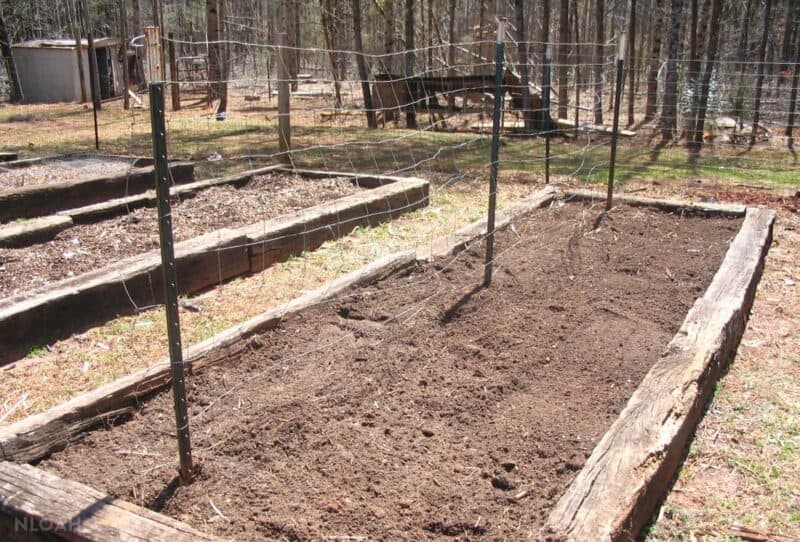
Trellises
Old ladders, string, fence posts, old pallets, and other such items lend themselves well to trellises. If you’re in need of a trellis, look around you and see what you can find that will work.
Thrift Stores/Yard Sales
If your friendly neighboring homesteaders don’t have what you need, consider other options such as visiting a thrift store, a yard sale, or even other family members.
Dig around and often you can find what you’re looking for at a fraction of the price. Get in the habit of looking for such items every time you happen to visit a thrift store or yard sale and you’re sure to wind up with extras for yourself and your fellow homesteaders.
Irrigation Set Ups
Every homesteader knows that water is a requirement in the garden if you want it to thrive. If you don’t have an irrigation system you can create your own in a variety of ways.
Consider PVC pipes, old hoses that have holes in them or soaker hoses, milk jugs that have holes punched into them, the sky is the limit for a temporary solution for irrigation if you don’t have a good irrigation system.
Be creative and remember that if you can visualize a new use for something you may be able to make it work in your garden and upcycle. You can save hundreds of dollars by reusing things and repurposing them in and around your homestead.
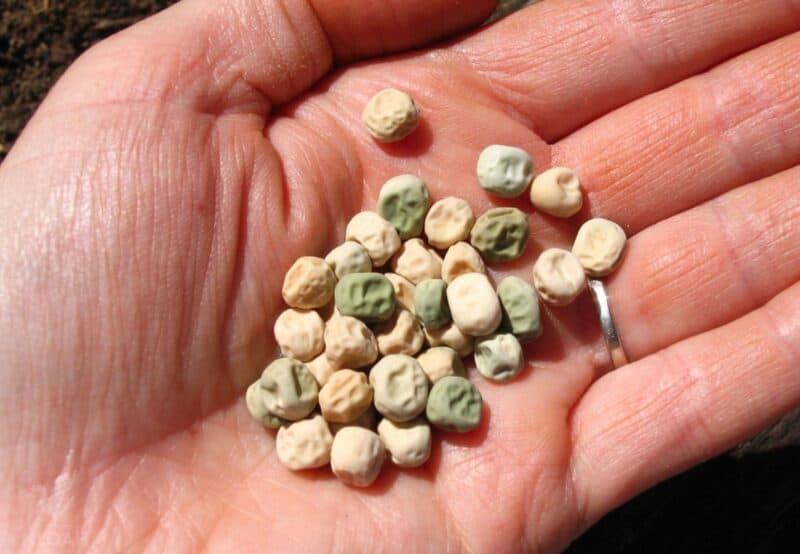
Plants/Seeds/And More Save $350 Annually
There are may great frugal gardening tips in this department. Consider what your garden plan is and go from there.
Other options to consider are to regrow some of your vegetables. Start your own seedlings, get plant starts from friends, family, and neighboring homesteads and more.
Seeds
If you’re going to be buying seeds, consider getting together with a neighbor homesteader and sharing in the cost of seeds. Do you really need all those seeds in one little seed packet?
Regrow
There are many plants that you can regrow once you’ve eaten them. Many root vegetables as well as a few others are ideal for regrowing from a cutting. Some can be regrown by simply taking a snip of the plant and placing that snip into water.
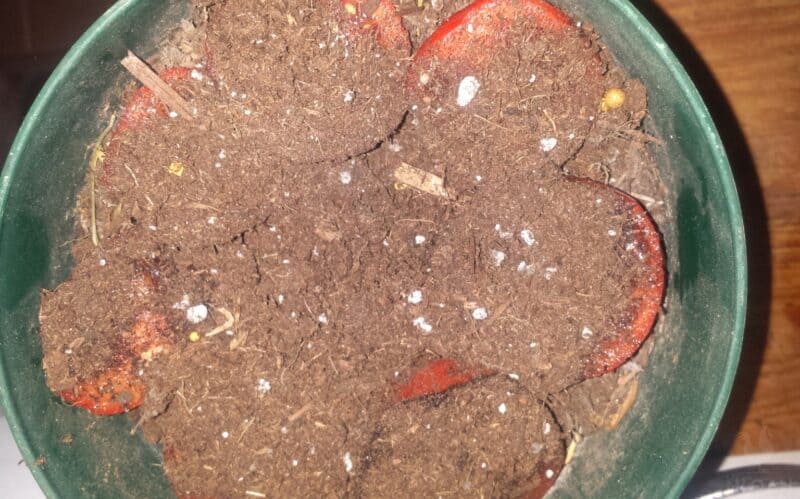
Plant Starts
You can get plant starts from neighboring homesteaders. Starts for such thing as berries (raspberries, strawberries, marionberries, and more) are all ideal ways to get your own berry patch started.
There are many great ways to get seedlings. You can visit local homesteads, farmers markets, friends, family, and nurseries and ask for cuttings. Nurseries may charge you a small fee.
Perennials
Consider perennials vs annuals when you’re planting to save time and money. Some plants will naturally volunteer themselves as perennials as well.
Plants that come back year after year are an ideal addition to the homestead. Don’t be afraid to section off areas of the homestead and plant things that will return every year.
Don’t forget about companion planting. When you choose companion planting you can mix and match the appropriate plants to ensure that they will all work well together with the space that is allotted.
Remember the “three sisters” of corn, beans, and squash. The corn works well for the beans to climb as a trellis while the squash leaves will help to protect the soil from weeds.
It’s so easy to get caught up in owning the latest and greatest gardening gadgets to hit the market, but the truth is, next week, there will be a different garden gadget to hit the market and each week thereafter. If you have something that will work, use it.
It saves on the landfills and it can save your hard earned money. Learn to upcycle and borrow what you only use on occasion (items such as rototillers are a good item to borrow or have a group of homesteaders pitch in and buy one for everyone to use).
In using these tips and tricks we figure that we’ve saved at least $2000 annually on our homestead. That’s enough for a few payments on our mortgage and to reinvest back into our homestead.
Homesteading is a way of life, a lifestyle. We tend to focus more on the simplicity of life than fancy gadgetry and fancy plants that become expensive.
As grandma often reminded me growing up, don’ over think it. Keep it nice and simple and focus on the smaller details. Remember to look at the overall picture or goal and let go of the magazine pictures.
You’ll be far happier and have far less stress. You’ll also save a lot of money and have more time to enjoy your homestead.
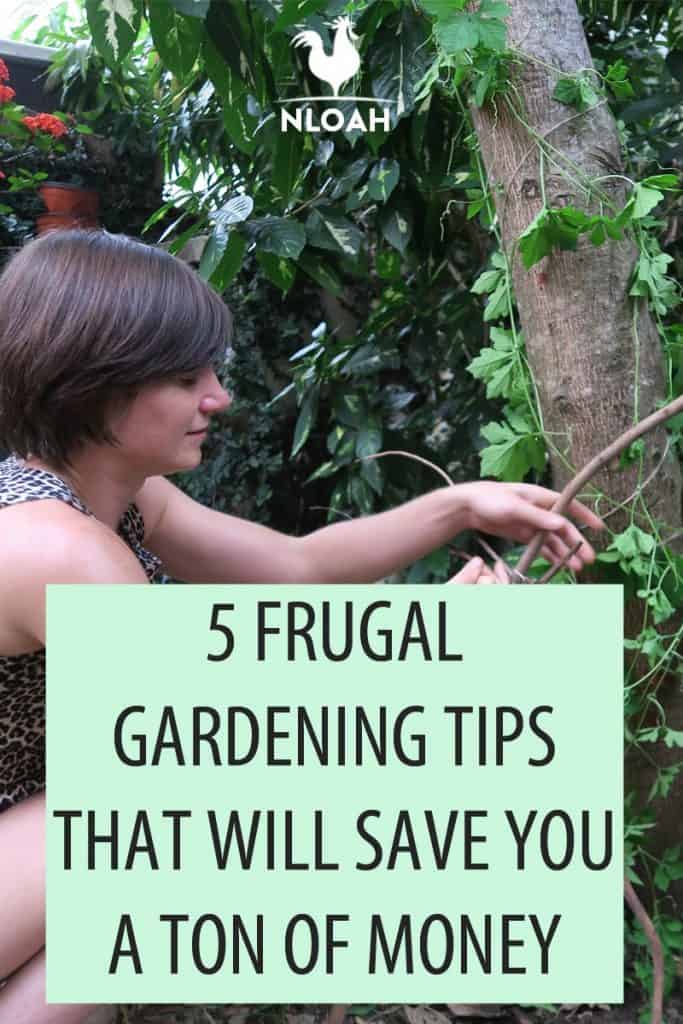

Hi, I’m Linda. I’m a mom, grandmother, homesteader. I love simple living and enjoy my life on a homestead where I garden, raise a variety of animals and strive for a life more like my grandparents lived.
My goal is to enrich life by living it as simply as possible and focusing on the way my grandparents did things. Life is so much more fun when it’s lived simply.
